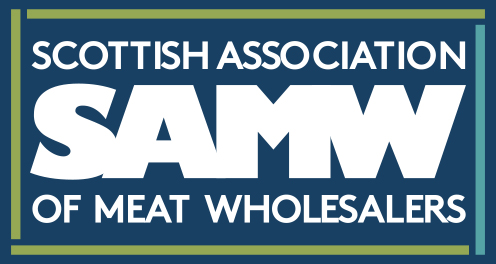Big concern remains over livestock supplies
The future level of Scottish livestock numbers remains a big concern for 2012 says Alan Craig, SAMW president.
“Despite some possible evidence of stabilisation in the beef sector, there are still serious questions surrounding high cow cull disposals in recent months and the impact this will have on future calf numbers, particularly in 2012,” he said in a New Year review of the meat sector in Scotland.
“Supplies are already extremely tight so, even if the most optimistic interpretation of current livestock figures plays out in reality, we’re still looking at another year of limited raw materials and a processing sector throughput which is well short of ideal.
“The one firm statistic we have is that the pool of breeding cattle is currently 100,000 head smaller, in GB terms, than at this time in 2010. However you view the other figures which are out there, this remains worrying and is clearly an issue which the CAP Reform process must address.
“Increased funds need to be channelled into the beef calf scheme, merely to preserve our existing position. An immediate response is needed on this if we’re to halt the decline in breeding numbers triggered by de-coupling in 2003. There’s definitely scope for calf payments to be increased under EU rules and we need to maximise this opportunity if we can by directing 10% of the single farm payment into national envelope schemes. We need action on this and the sooner the better.”
Mr Craig also commented on the Association’s considerable efforts in 2011 to continue the task of removing unnecessary meat chain restrictions.
“Scotland has an impressive farm-to-plate meat industry, based on quality livestock and an efficient production, processing and marketing chain,” he said. “These are the fundamentals which enable producers, meat companies and retailers to provide consumers at home and abroad with a taste of quality Scotch meat, commanding respect throughout the world. The challenge we face year-in/year-out, however, is to keep clearing the way for our industry to operate efficiently, with minimum hindrance, cost and disruption.
“As experienced and professional business operators we fully appreciate the need for industry controls and regulation. In fact, we welcome such measures, with just one proviso. Controls and regulations should reflect real needs and concerns, rather than the checking and re-checking of issues which have long out-lived their original purpose.”
He also touched on the current review of the meat inspection service, as provided by the Food Standards Agency (FSA).
“SAMW members are deeply frustrated that, while running complex and highly efficient international businesses, they have next to no say in how meat inspection is run, costed and staffed,” he said. “That is unacceptable.
“We’ve already given our presentation to the Scudamore review of FSA in Scotland and received a good hearing. We now look forward to the publication of their report towards the end of February. Hopefully, it will begin the process of involving our members much more in the decision-making process surrounding meat inspection.”
For his final area of comment, Mr Craig focused on the Scottish Government’s ‘ambitious and impressive’ goals for increasing food and drink exports.
“While whole-heartedly applauding this initiative, I think it’s also fair to point out that meat will need to play a major part in Scotland’s trade advance, if the country is to hit its expansion targets,” he said. “That’s the context, therefore, in which we’re looking for 2012 to be a year of renewed growth for our industry, a year of encouraging producers to rebuild breeding numbers and a year in which our members continue to be set free from interference and hindrance. Delivery on each of these points would undoubtedly lift the performance of Scotland’s meat and livestock industry in 2012.”
